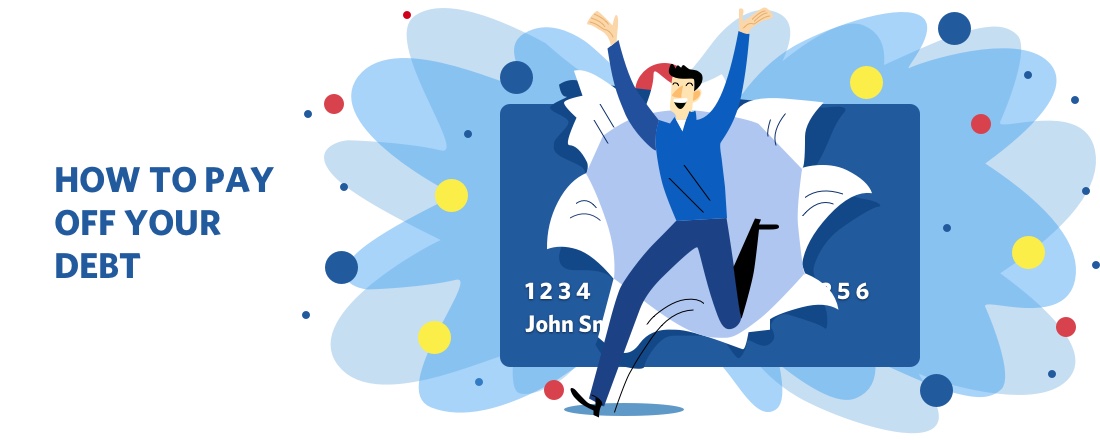
Credit card debt can feel like a never-ending burden, especially with high interest rates eating away at your monthly payments. While it’s important to eliminate this debt quickly, doing so recklessly can actually hurt your credit score. The key is finding a balance—strategies that pay off your debt faster and protect your credit.
In this post, we’ll walk you through smart, actionable ways to tackle credit card debt efficiently without harming your credit profile.
1. Create a Realistic Repayment Plan
The first step is knowing exactly what you owe. Make a list of:
- Each credit card balance
- Minimum monthly payments
- Interest rates
From here, choose a repayment strategy:
- Debt Avalanche: Pay off the highest interest cards first while making minimum payments on the others. This saves money on interest over time.
- Debt Snowball: Pay off the smallest balances first to build momentum and motivation.
Both methods are effective; pick the one that keeps you consistent and motivated.
2. Pay More Than the Minimum
Minimum payments keep your account in good standing but barely chip away at the principal. Paying just a little extra—say, $50 to $100 more per month—can significantly reduce the time and interest it takes to pay off your debt.
If you have multiple cards, prioritize the one with the highest APR first (debt avalanche), or the smallest balance (debt snowball).
3. Avoid Closing Old Accounts
It may be tempting to close paid-off credit cards to avoid future temptation, but this can actually hurt your credit. Here’s why:
- Credit utilization ratio goes up if you reduce your available credit.
- Length of credit history may decrease, which can negatively impact your score.
Instead, keep old accounts open and use them occasionally for small purchases you can pay off in full each month.
4. Transfer Balances Strategically
If you have good credit, consider a 0% APR balance transfer card. These cards offer promotional periods (often 12–18 months) where you can pay off your debt interest-free.
Be cautious:
- Watch for balance transfer fees (usually 3–5%).
- Make sure you can pay off the balance during the promo period.
- Don’t rack up new debt on the original card.
5. Use Personal Loans Wisely
A personal loan for debt consolidation can:
- Lower your interest rate
- Provide fixed monthly payments
- Help you pay off debt faster
But avoid using a loan to consolidate without changing spending habits—otherwise, you risk ending up with both a loan and more credit card debt.
6. Cut Unnecessary Expenses
Every dollar saved is a dollar that can go toward debt. Review your budget and cut:
- Unused subscriptions
- Excess dining out
- Impulse purchases
Redirect those savings to increase your debt payments each month.
7. Increase Your Income
If possible, consider:
- A side hustle
- Freelance work
- Selling unused items online
Even an extra $200/month can make a huge difference in accelerating your repayment plan.
8. Monitor Your Credit Report and Score
Check your credit reports regularly for errors and monitor your score as you pay down debt. Free services like Credit Karma or AnnualCreditReport.com can help.
As your balances drop and your on-time payments increase, your score should improve—even before your debt is fully paid off.
9. Avoid Taking on New Debt
Stay focused on paying off what you already owe. Taking on new debt during this period—whether it’s another credit card or a loan—can slow your progress and increase your risk of default.
Final Thoughts
Paying off credit card debt faster doesn’t mean sacrificing your credit health. With the right mix of strategy, discipline, and planning, you can eliminate your debt while boosting your credit score along the way. Remember, it’s not just about getting out of debt—it’s about staying out for good.
Need help with your debt or credit repair? Reach out to us at JDP Credit Solutions for expert guidance and tools to help you take control of your financial future.
